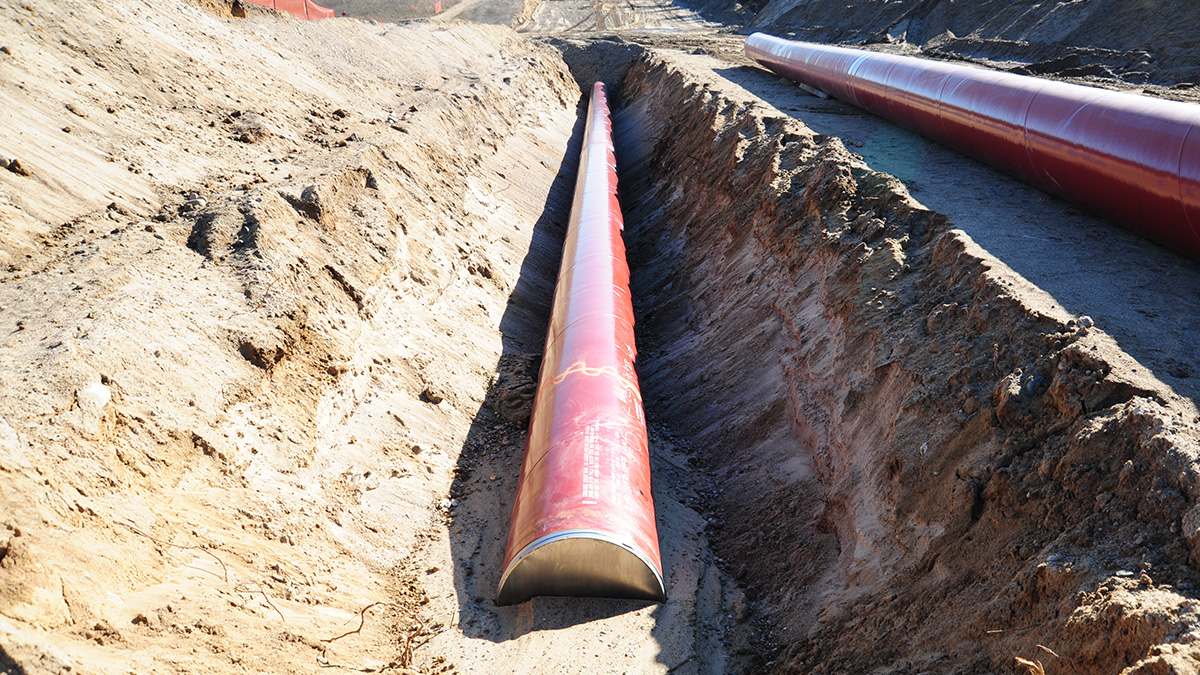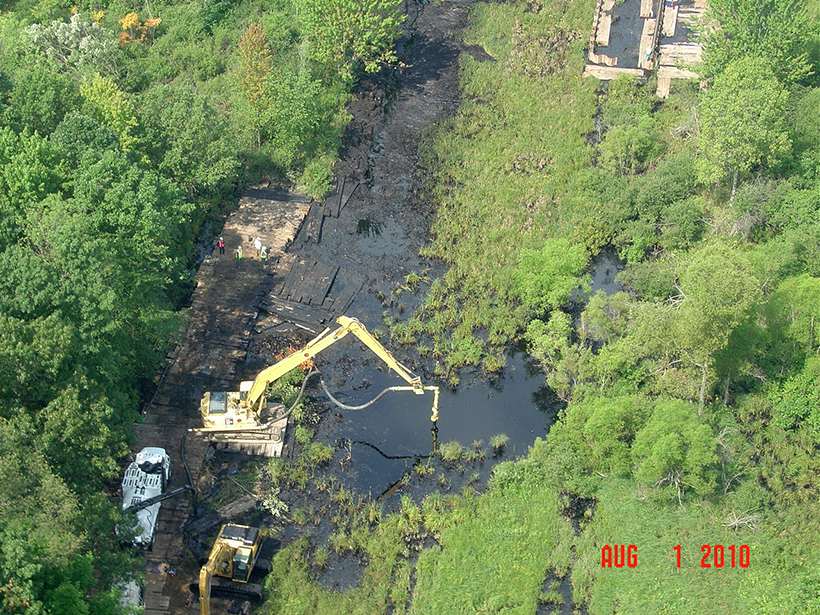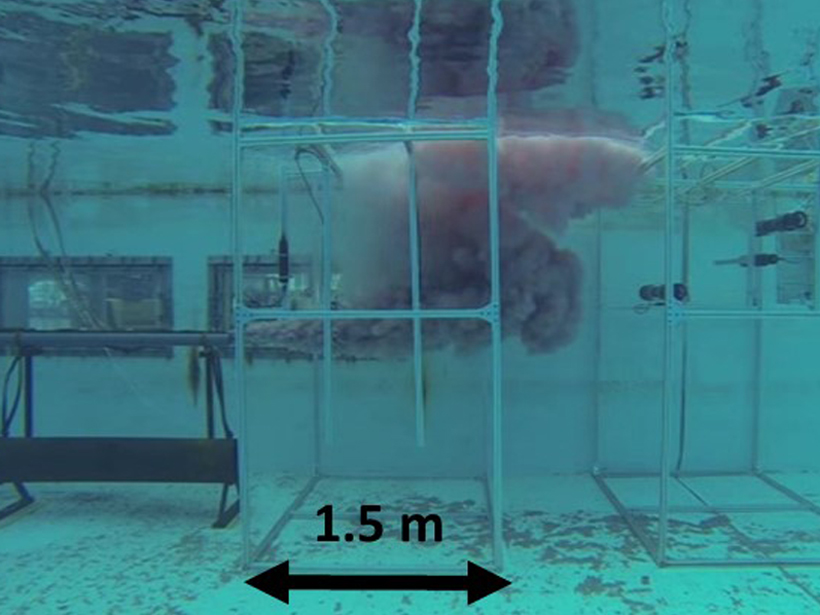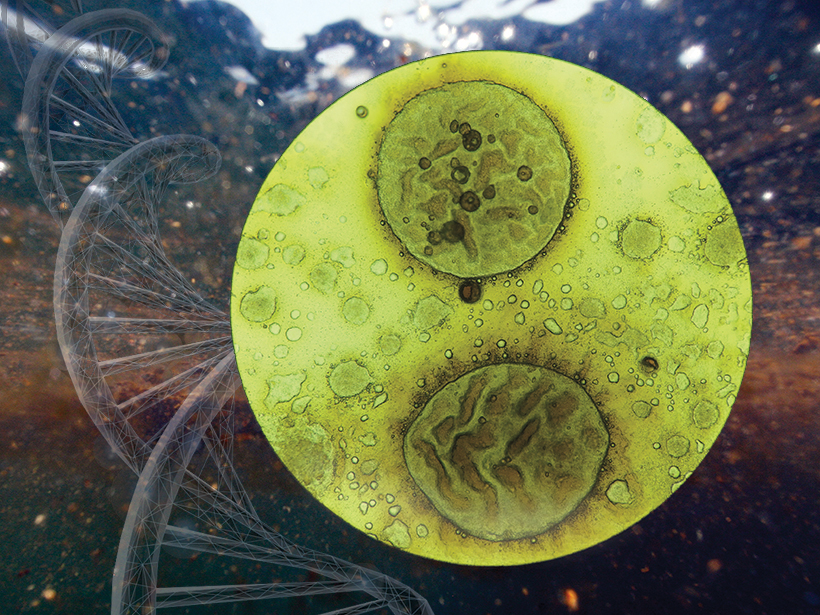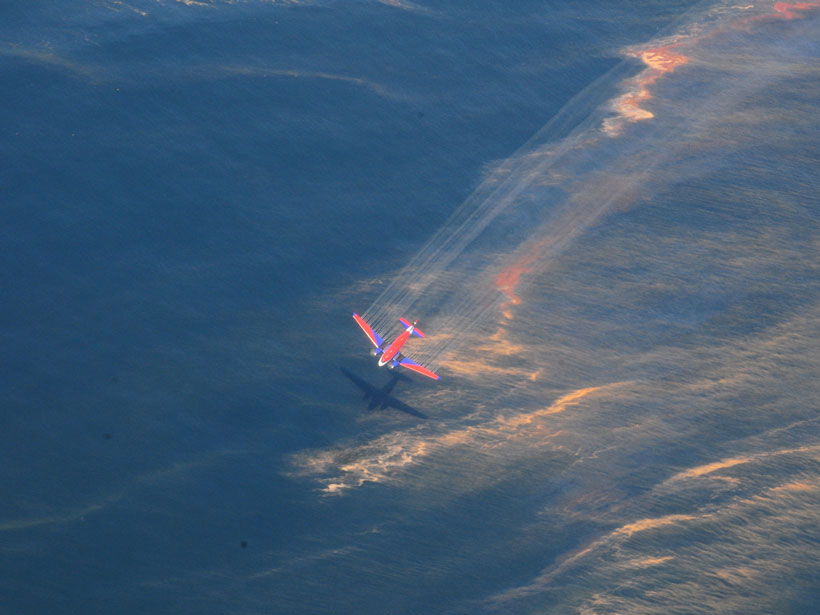Some bacteria thrive in the sometimes-toxic soup of crude oil and chemical dispersants.
oil spills
Ninety Percent of the World’s Oil Slicks Are Caused by Humans, Not Nature
Researchers were surprised to find exactly how many oil slicks were due to human activity, highlighting the need for people to pay attention to runoff and leaks.
Seeing Through Turbulence to Track Oil Spills in the Ocean
After oil and tar washed up on eastern Mediterranean beaches in 2021, scientists devised a way to trace the pollution back to its sources using satellite imagery and mathematics.
Los microbios podrían comer minerales magnéticos en un sitio de derrame de petróleo
Nuevos experimentos en un antiguo sitio de derrames de petróleo en Minnesota sugieren que los procesos no biológicos por sí solos no pueden explicar la disminución de la magnetización.
Microbes Might Munch Magnetic Minerals at Oil Spill Site
New experiments at an old oil spill site in Minnesota suggest that nonbiological processes alone may not account for decreased magnetization.
El Oleoducto Keystone Derrama 9,120 Barriles de Petróleo en los Humedales de Dakota
La fuga tuvo lugar en una sección pre-existente del oleoducto Keystone. Este es el cuarto derrame del oleoducto en 9 años.
¿Por Qué la Luz Solar es Importante para los Derrames de Petróleo en el Mar?
Una década de investigación desde el desastre de Deepwater Horizon ha revelado cómo la luz solar—su importancia subestimada durante mucho tiempo en la ciencia de derrames de petróleo—altera sustancialmente el petróleo que flota en la superficie del mar.
The Underwater Behavior of Oil and Gas Jets and Plumes
Exploring how the multiscale interaction between underwater oil and gas plumes and the environment impacts plume composition and trajectory.
Deepwater Horizon: La Plataforma Petrolera y el Surgimiento de las Técnicas Ómicas
Las técnicas de genómica microbiana llegaron a su madurez después del derrame de Deepwater Horizon, ofreciendo a los investigadores una visión incomparable de cómo los ecosistemas responden a tales desastres ambientales.
Why Sunlight Matters for Marine Oil Spills
A decade of research since the Deepwater Horizon disaster has revealed how sunlight—its importance long understated in oil spill science—substantially alters petroleum floating at the sea surface.




